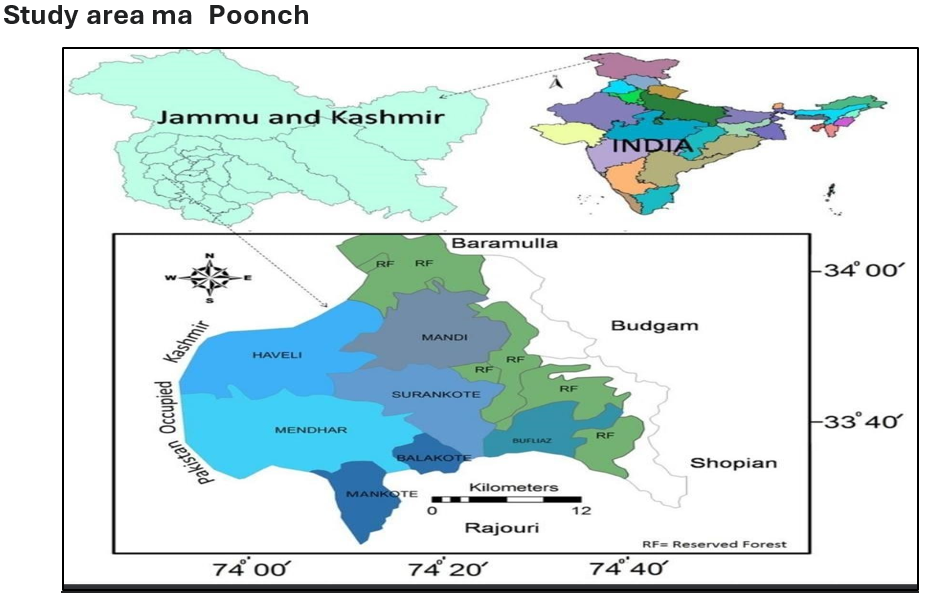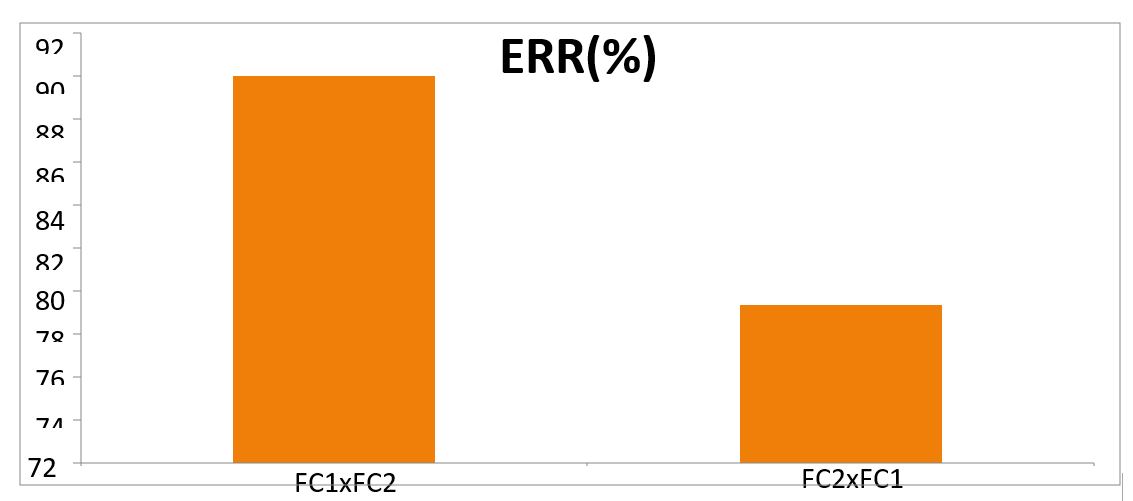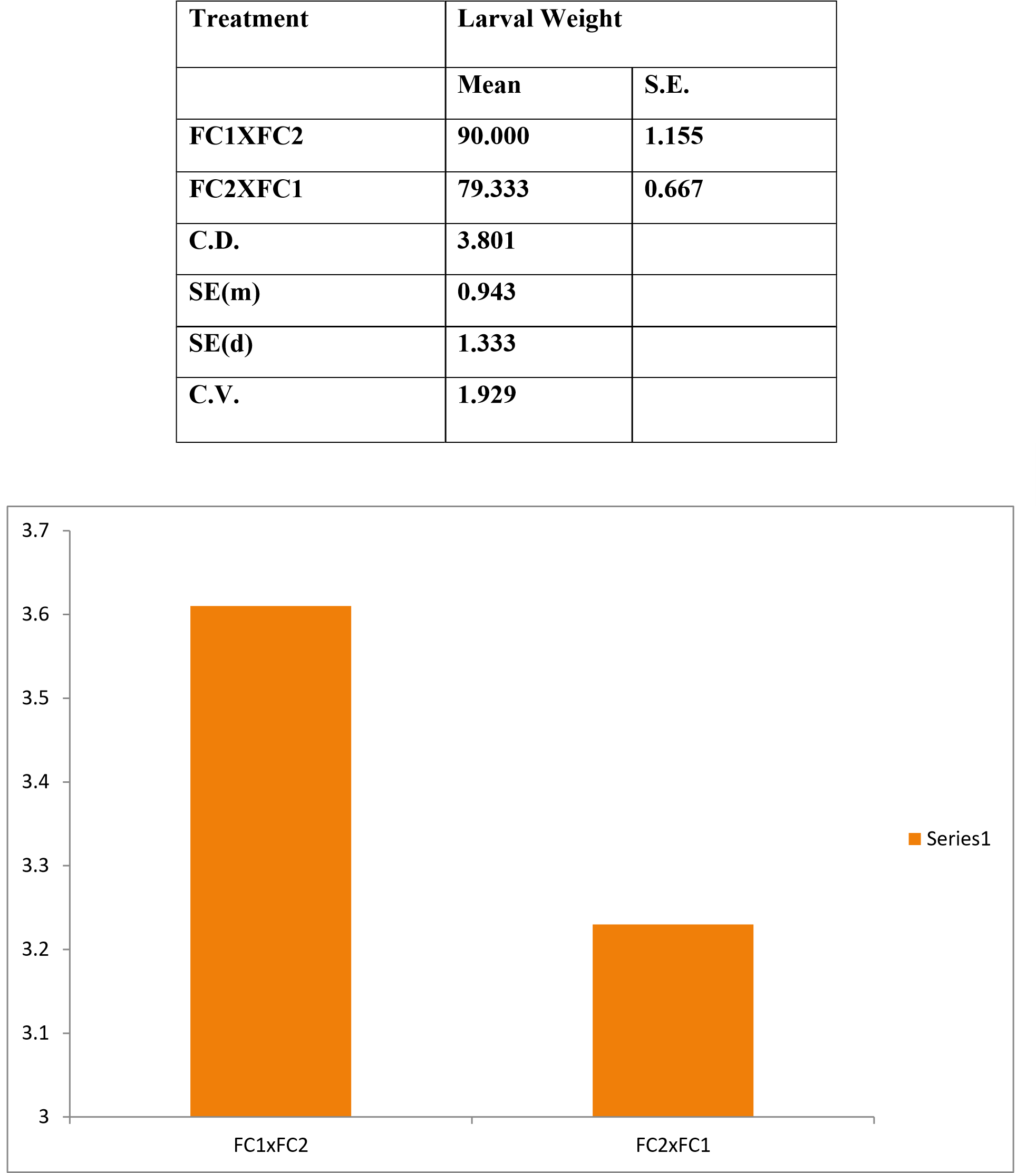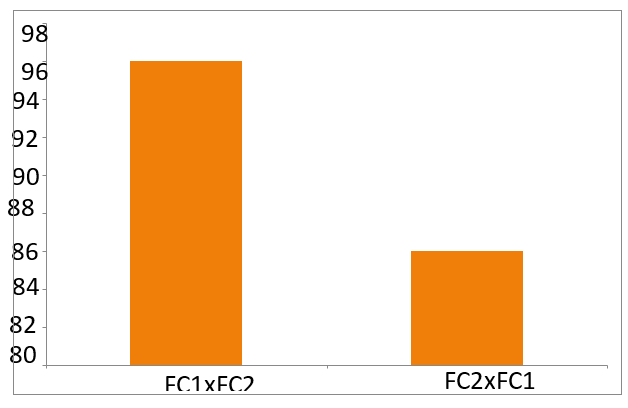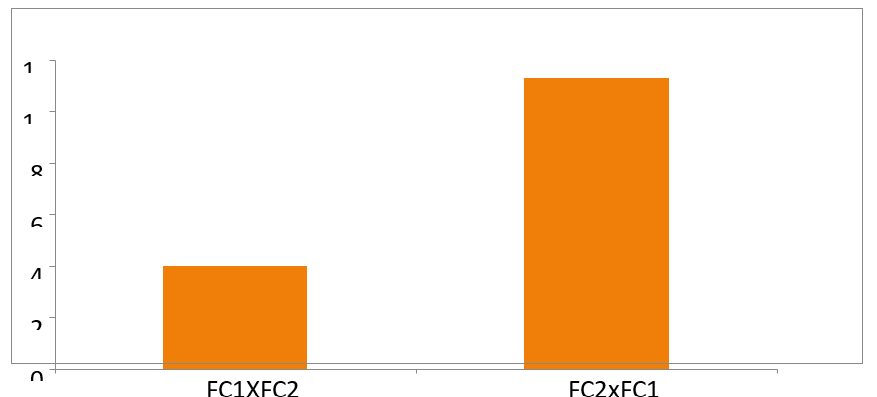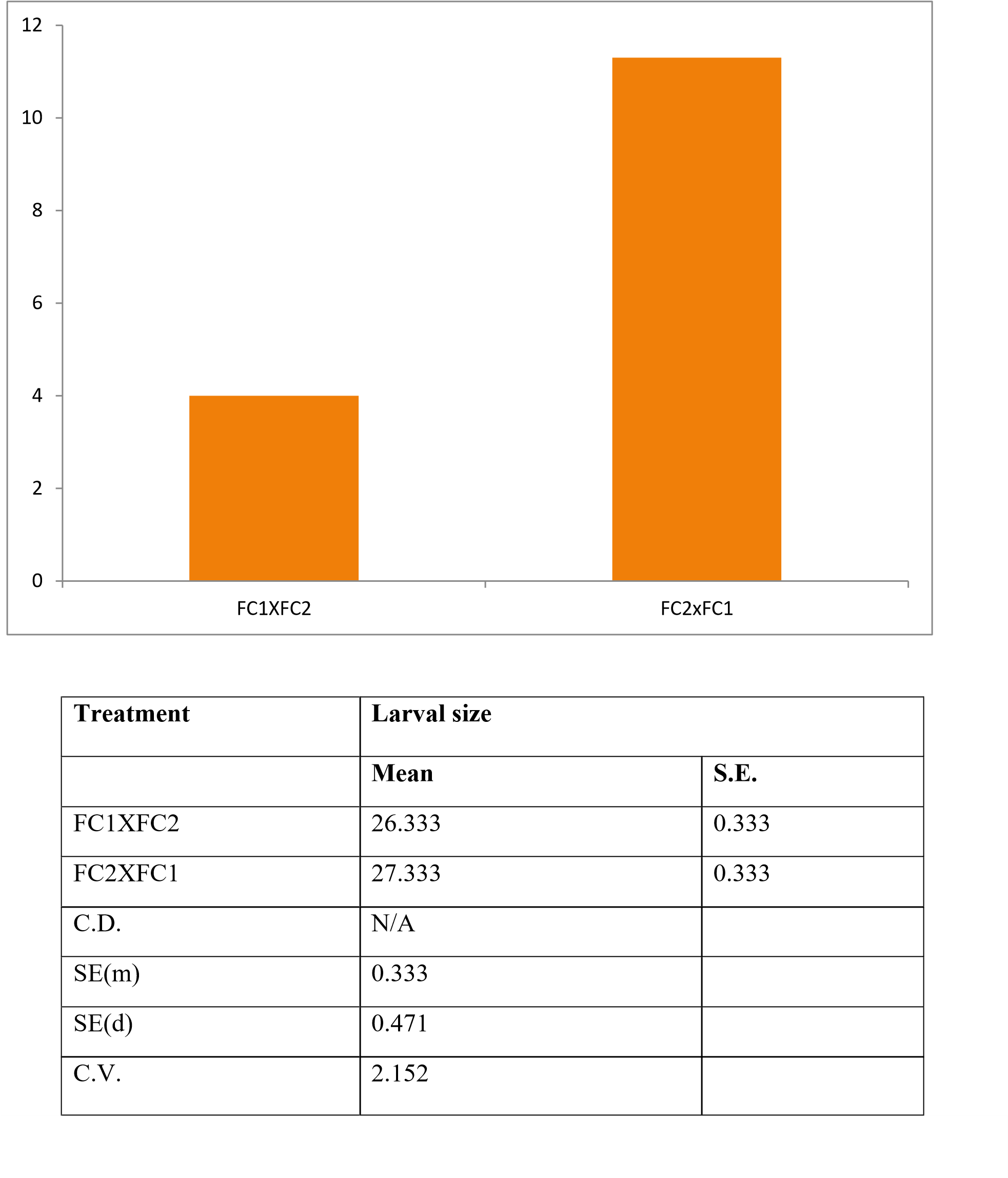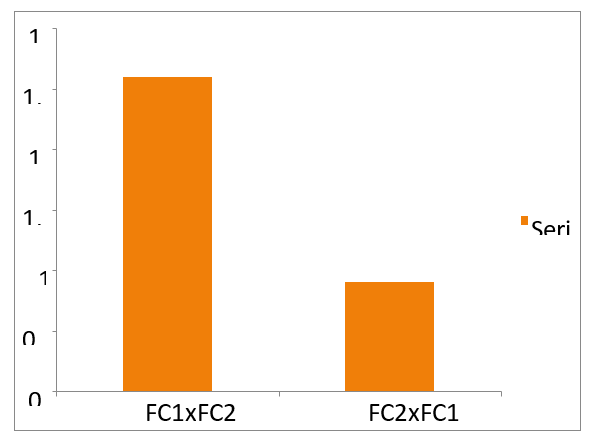To assess the Performance of Spring Rearing on Different silkworm Hybrids In Poonch District Of Jammu and Kashmir
Sudan K1†, Nazir I2†, Sharma J3†, Riaz M4*†
DOI:https://doi.org/10.55968/ijems.v12i01.508
1† Kalpna Sudan, Department of Sericulture, Poonch Campus University of Jammu, Poonch, Jammu and Kashmir, India.
2† Insha Nazir, Department of Sericulture, Poonch Campus University of Jammu, Poonch, Jammu and Kashmir, India.
3† Jyoti Sharma, Department of Sericulture, Poonch Campus University of Jammu, Poonch, Jammu and Kashmir, India.
4*† Mohd Riaz, Sericulture development department, Jammu and Kashmir, India.
Silkworm rearing is the most traditional practice in Jammu and Kashmir and it helps the farmers to generate extra income by rearing silkworm larvae that spin cocoons which were later sold by the farmers to earn money. For the studied experiment, the more superior results have been obtained for the silkworm hybrid namely FC1xFC2 when compared its reciprocal cross namely FC2xFC1. In conclusion, it can be summarized that FC1XFC2 should be recommended for commercial use at farmer level particularly for the farmers of Poonch district. Therefore, from the present study entitled “To assess the Performance of Spring Rearing on Different silkworm Hybrids In Poonch District Of Jammu and Kashmir” t can be concluded that, silkworm rearing can be adopted as subsidiary income option among the farmers of Poonch District and the best suited breed for rearing in Poonch district can be recommended on the basis of present experiment is FC1xFC2 for spring rearing. The larval, pupal, cocoon and post cocoon characters were found to be significant ideal in FC1xFC2 silkworm breed.
Keywords: hybrids, cocoon, silkworm, spin, rearing filament, mulberry, shell, denier
| Corresponding Author | How to Cite this Article | To Browse |
|---|---|---|
| , , Sericulture development department, , , Jammu and Kashmir, India. Email: |
Sudan K, Nazir I, Sharma J, Riaz M. To assess the Performance of Spring Rearing on Different silkworm Hybrids In Poonch District Of Jammu and Kashmir. ijems. 2023;12(1):106-116. Available From https://ijems.net/index.php/ijem/article/view/508 |


 ©
© 